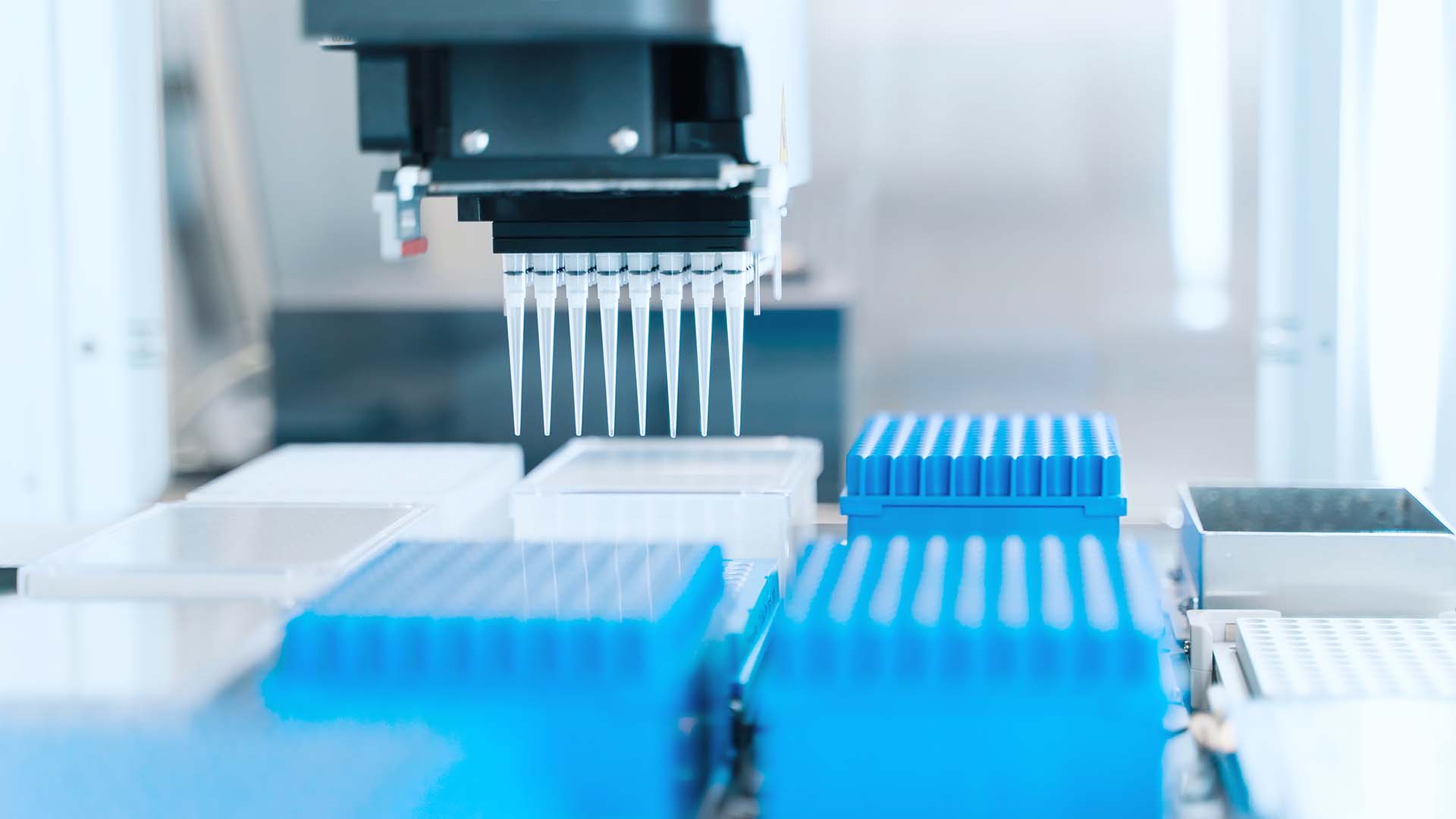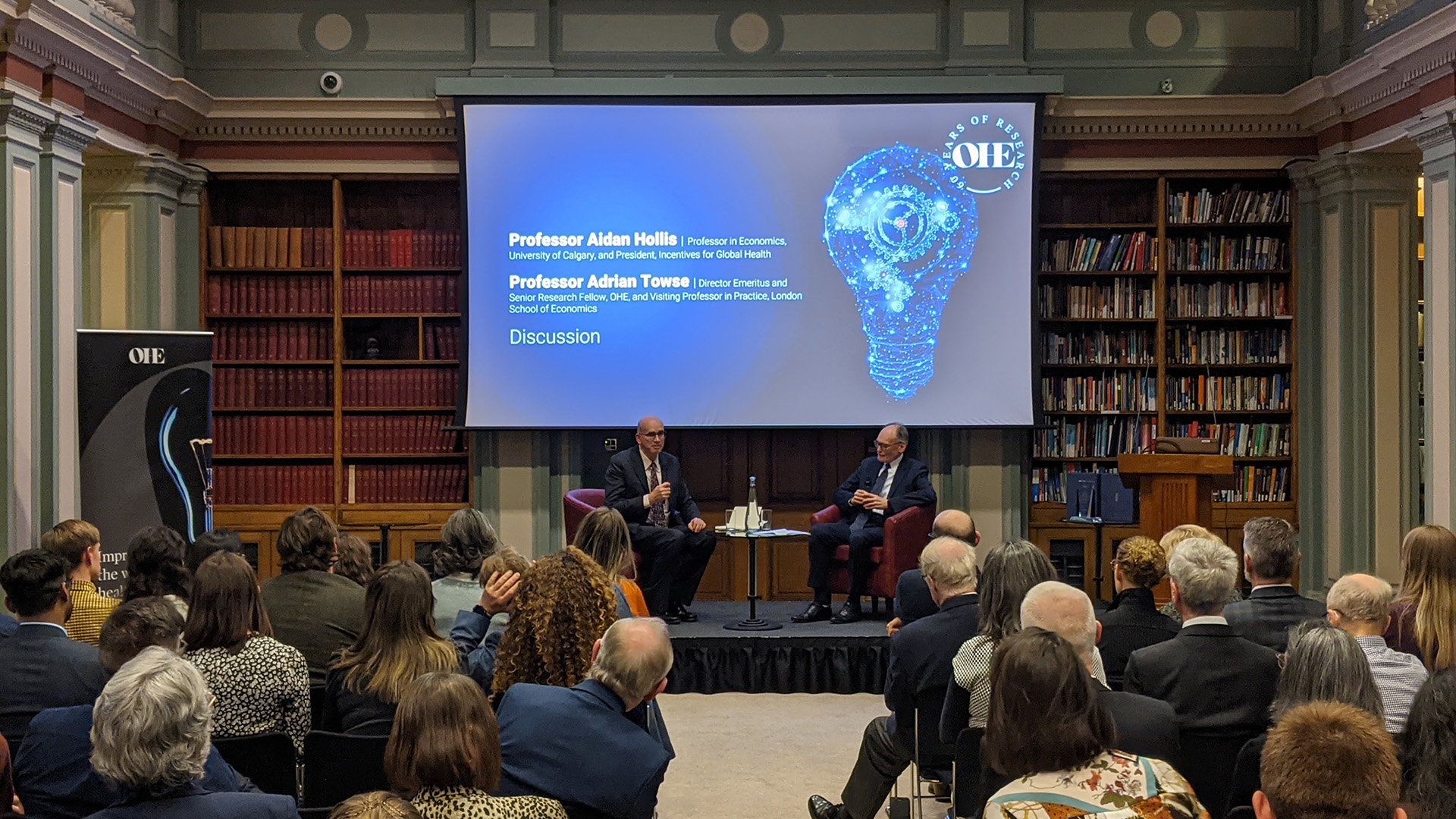Sign up to our newsletter Subscribe
Analysing Global Immunisation Expenditure

Sign up to our newsletter Subscribe


Antimicrobial resistance to drugs is a growing global public health issue. The EU began a discussion in 2009 about which policies can best encourage the development of new antibiotics. New OHE research uses an economic model to indentify which incentives…

Antimicrobial resistance to drugs is a growing global public health issue. The EU began a discussion in 2009 about which policies can best encourage the development of new antibiotics. New OHE research uses an economic model to indentify which incentives for innovation are likely to be most successful.
Antimicrobial resistance (AMR) to drugs, a natural and unavoidable consequence of treating infectious diseases, is a growing global public health threat. AMR reduces the chances of successfully treating patients with infectious diseases, thereby increasing the probability of complications, morbidity and mortality. The World Health Organization estimates that infectious diseases are the third leading cause of death in the European Union (EU).
In 2009, the EU emphasized the importance of encouraging the development of new antibacterials by releasing a commissioned report and holding an expert conference. The EU Commission has been tasked with developing comprehensive proposals by the end of 2011. OHE has just released an OHE Occasional Paper, authored by Priya Sharma and Adrian Towse, that is intended to provide additional input into policy discussions.
The working paper reviews AMR’s implications for the burden of disease, the causes of AMR, the current state of the antibiotic development pipeline and the reasons antibiotic R&D has been de-emphasised by biopharmaceutical companies. Encouraging the development of new antibiotics requires understanding current disincentives. The authors identify four key sets of factors: (1) low returns in the market because of the availability of generics, the effects of HTA, the short duration of treatment, and aggressive price controls, (2) scientific challenges in antibiotic discovery, including the relative lack of success in using target-based approaches, (3) the regulatory environment, such as the uncertainty surrounding the clinical trial requirements in different countries, and (4) restrictions on antibiotics use that are wisely intended to minimize AMR, but also reduce incentives to develop new ones.
Sharma and Towse note that many of the disincentives that pharmaceutical companies face in the market for antibiotics are similar to those for: neglected diseases in developing countries; orphan drugs in developed countries; countermeasures for chemical, biological, radiological and nuclear threats; and evidence for paediatric drug use. The policies enacted or proposed to correct for these market failures may suggest workable solutions for antibiotic development.
Missing to date from policy discussions, however, has been an estimate of the size of the various incentives needed to increase the attractiveness of antibiotic development relative to other disease areas. This working paper develops a model that is then used to assess the push, pull and hybrid approaches that might be applied. In particular, the model is used to determine the size of the various incentives needed to encourage antibiotic R&D compared to other therapeutic drug classes. These approaches include advance market commitments, priority review vouchers and fast track options, intellectual property rights extensions, incentives similar to those for orphan drugs, and a ‘call option’. Potential savings from an effective set of incentives to develop new drugs to counter AMR would be very cost-effective, according to the authors’ calculations; they urge that further research be completed on potential lives saved.
Based on these analyses, Sharma and Towse express a preference for a hybrid push-pull policy similar to that used for orphan drugs. An alternative might be upfront payment for registration (rather than for volume of use) in the form of an advance market commitment ‘prize’, a priority review voucher or a transferable intellectual property extension. Each of these incentives would reward the launch of an effective drug, making actual volume of use less relevant.
Since AMR is global, the response to its challenges must be coordinated across continents. The authors recommend that the EU and the US continue the TransAtlantic Task Force dialogue with the objective of maximizing the synergies possible from adopting complementary incentives and to address any regulatory issues. Developing and effectively implementing incentives for developing new antibiotics, however, requires the continuing involvement of a broad range of countries and stakeholders, including the pharmaceutical industry. As the authors note, ‘Without full participation of all concerned parties, very little can and will be done to address the growing threat of AMR’.
Download Sharma, P. and Towse, A. (2010) New drugs to tackle antimicrobial resistance: Analysis of EU policy options. OHE Occasional Paper. London: Office of Health Economics.
An error has occurred, please try again later.
This website uses cookies so that we can provide you with the best user experience possible. Cookie information is stored in your browser and performs functions such as recognising you when you return to our website and helping our team to understand which sections of the website you find most interesting and useful.
Strictly Necessary Cookie should be enabled at all times so that we can save your preferences for cookie settings.
If you disable this cookie, we will not be able to save your preferences. This means that every time you visit this website you will need to enable or disable cookies again.
This website uses Google Analytics to collect anonymous information such as the number of visitors to the site, and the most popular pages.
Keeping this cookie enabled helps us to improve our website.
Please enable Strictly Necessary Cookies first so that we can save your preferences!

